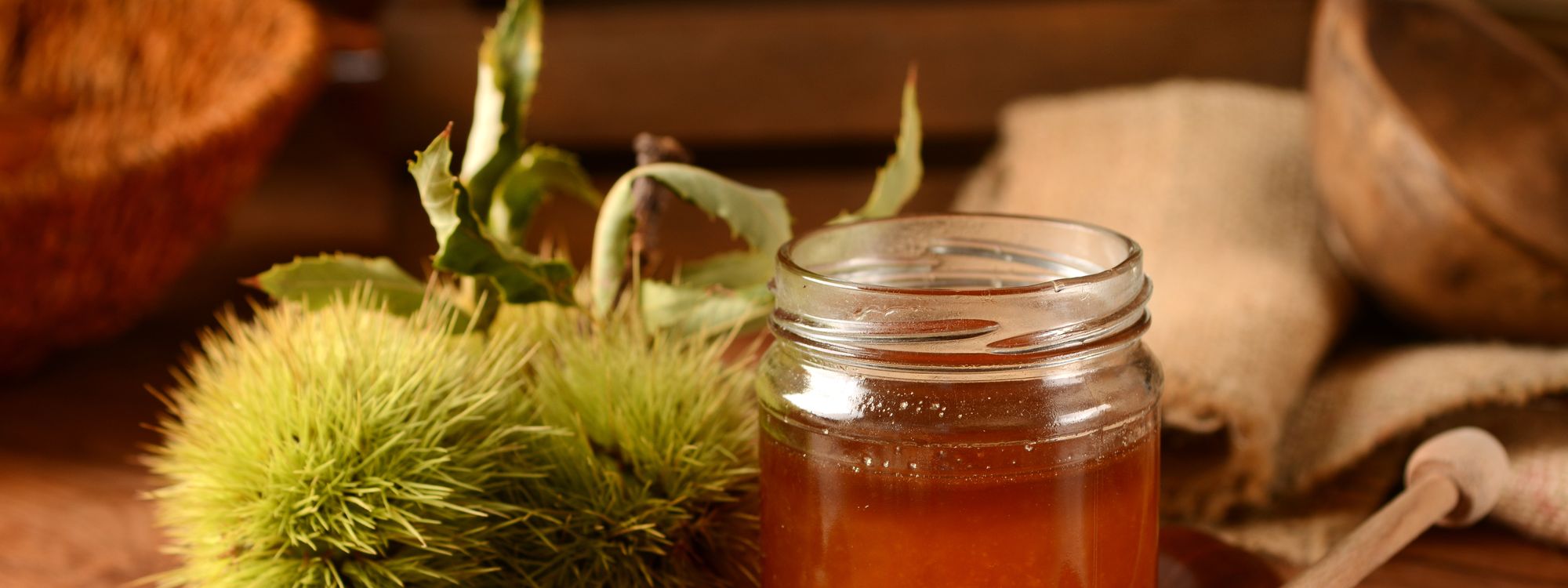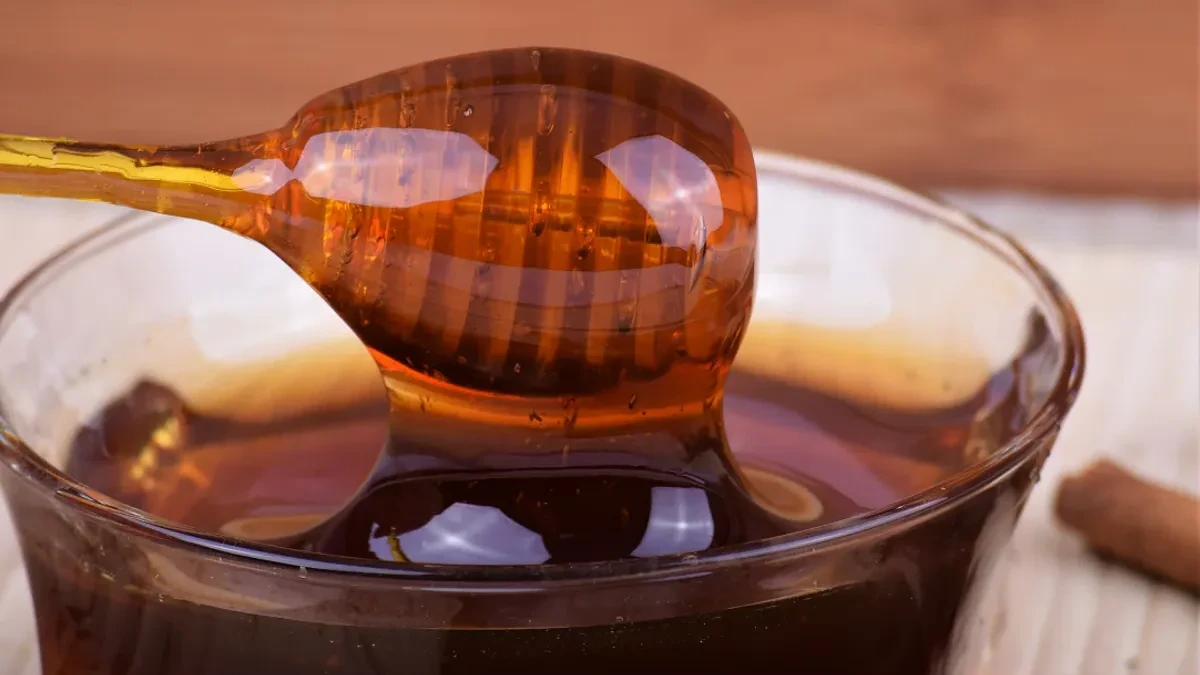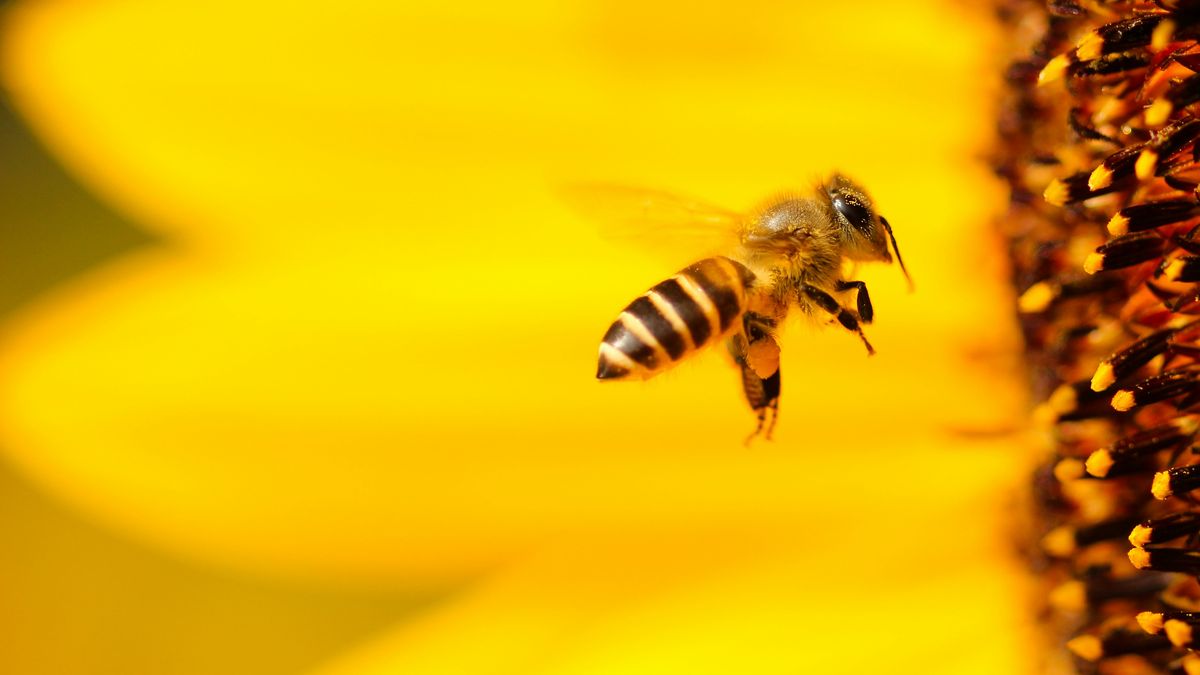
Honey, a natural sweetener, has been a part of human diets for centuries. It comes in various types, each with its unique taste, texture, and nutritional profile. Among these, chestnut honey stands out for its distinct flavor profile and health benefits. This monofloral honey, derived from the nectar of chestnut flowers, is a culinary delight and a nutritional powerhouse.
Chestnut honey is a type of monofloral honey, meaning it is primarily made from the nectar of chestnut flowers. This honey variety is harvested in the summer months when chestnut trees are in full bloom. It is mainly produced in hilly and mountainous regions where chestnut trees thrive.

The taste of chestnut honey is unique and robust, making it a favorite among honey connoisseurs. It is characterized by its strong, woody flavor with a bitter aftertaste, which pairs well with autumnal foods and recipes. Its dark amber or brown color and viscous consistency further add to its appeal.
From a nutritional perspective, chestnut honey is a rich source of carbohydrates and contains various plant-derived antioxidant molecules. It also retains some antibacterial properties when unpasteurized. However, like all honey varieties, it is high in sugar and should be consumed in moderation.
Chestnut honey, like all honey varieties, is high in calories, with around 300 kcal per 100g, predominantly from simple sugars. However, due to its sweetening power, it is often used as a healthier alternative to granulated table sugar.
While chestnut honey has a slightly lower glycemic index than table sugar, it is not advisable for people with conditions like overweight, type 2 diabetes mellitus, and hypertriglyceridemia to consume it in excess. It is also worth noting that, despite its antibacterial properties, chestnut honey can promote tooth decay due to its high sugar content.
Chestnut honey also contains fair amounts of some B vitamins and vitamin C. However, these thermolabile molecules can be negatively impacted by pasteurization, a process often necessary for commercial distribution. Additionally, chestnut honey is rich in polyphenols, which have antibacterial and anti-inflammatory properties. These factors, along with honey's well-known emollient effect, make it a potential remedy for conditions like pharyngitis.
Chestnut honey is dark amber or brown, slightly translucent, and has a fluid yet highly viscous consistency. It is known for its low crystallization speed, second only to acacia honey, due to its higher concentration of fructose compared to glucose. This characteristic allows chestnut honey to remain in a liquid state for extended periods.
The flavor of chestnut honey is sweet with a strong bitter aftertaste. Its aroma and taste are intense, reminiscent of leather and smoke, with hints of the original botanical species. The strength and intensity of its color and organoleptic characteristics can vary based on seasonal conditions and the level of sunlight exposure, which influences the metabolism of chestnut trees and their attractiveness to bees.
Given its strong and distinct flavor, chestnut honey is not typically used as a sweetener for drinks as it can overpower their original taste. However, it is often used in combination with intensely flavored foods, such as certain cheeses. It is also a popular ingredient in various recipes, including chestnut cake and sweet potato gnocchi with gorgonzola, walnuts, and chestnut honey.

Despite its antimicrobial properties, fresh chestnut honey is not suitable for leavened doughs like bread due to its potential to inhibit yeast activity. However, pasteurized chestnut honey is less likely to cause this issue.
The production of chestnut honey, like all honey varieties, relies on the hard work of bees. These tiny creatures play a critical role in our ecosystem and agriculture, but they are currently facing numerous threats. Bees not only give us this unique honey, rich in character and health benefits, but they also sustain ecosystems by enabling plants to reproduce and thrive.

Protecting bees means preserving biodiversity, supporting agriculture, and ensuring that treasures like chestnut honey remain part of our lives for generations to come. Various initiatives worldwide are focused on promoting beekeeping and raising awareness about the importance of bees. By supporting these efforts, we can help ensure a sustainable future for these invaluable insects and continue to enjoy the diverse range of honey they produce.